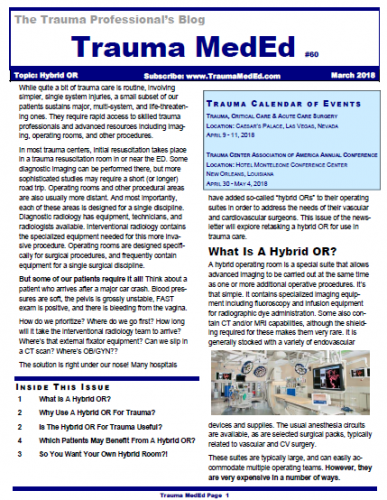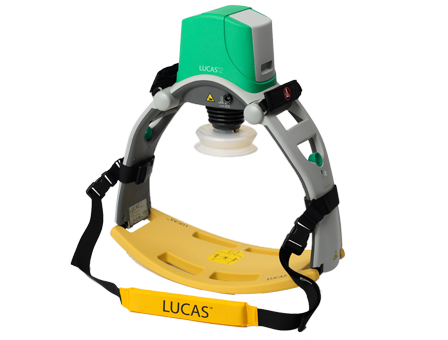Deep venous thrombosis (DVT) is a big potential problem for many trauma patients, particularly those with orthopedic injuries. Patients at high risk are frequently given a prophylaxis regimen to take home after discharge while they are still at higher risk for clots. The particular choice of medication typically comes down to oral (warfarin or aspirin) vs injectable (low molecular weight heparin (LMWH)).

There is quite a bit of literature on patient compliance with their medication routines, or should I say noncompliance? The group at ShockTrauma in Baltimore evaluated how well orthopedic surgery patients adhered to their prescribed DVT prophylaxis schedule after discharge.
They conducted a randomized, prospective trial on all patients who underwent operative management of extremity or pelvic fractures. These patients were prescribed either oral low dose aspirin (81mg) or subcutaneous injections of LMWH (30mg bid). All completed a standardized 8-question tool to gauge their compliance with the medication regimen. Nicely, a power analysis was performed to identify the minimum number of patients needed to achieve statistical significance ( 126 total patients).
Here are the factoids:
- Of 1450 potential patients undergoing operative fracture fixation, 329 were eligible for the study. All but 150 were excluded primarily due to no need for prophylaxis or inability to contact.
- Overall adherence to the prophylaxis plan was fairly high, with 65% of patients having high adherence, 21% medium, and 20% low.
- A quarter of the LMWH patients felt “hassled” by their regimen, while only 9% of the aspirin group did
- LMWH prophylaxis was associated with low or medium adherence
- Having to self-administer the prophylactic agent, being a male, and young was also associated with lower compliance
Bottom line: Interesting study. And unfortunately it suggests that our patients don’t always do what they are told, especially if they have to stick themselves with needles. So they may not be getting the prophylaxis we think they are. Furthermore, we’re not even sure if aspirin (or LMWH for that matter) make a difference in the incidence of death or major pulmonary embolism in these patients.
There are a lot of opportunities for mayhem in this study. A third of the enrolled patients were not even compliant with completing the survey. This is certainly a source of bias, and most likely suggests that the overall compliance rates would have been even lower if they had.
Keep in mind the risk factors for compliance (age, sex, drug route) when deciding how and what to provide for DVT prophylaxis. Your patient may not be doing what you assume they are!





